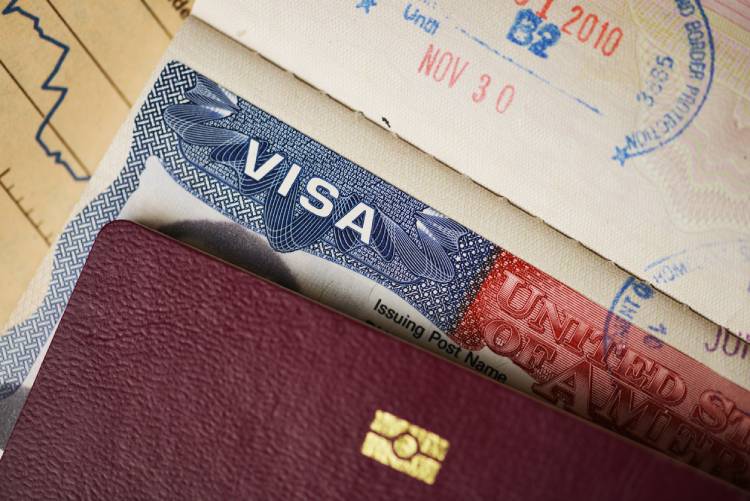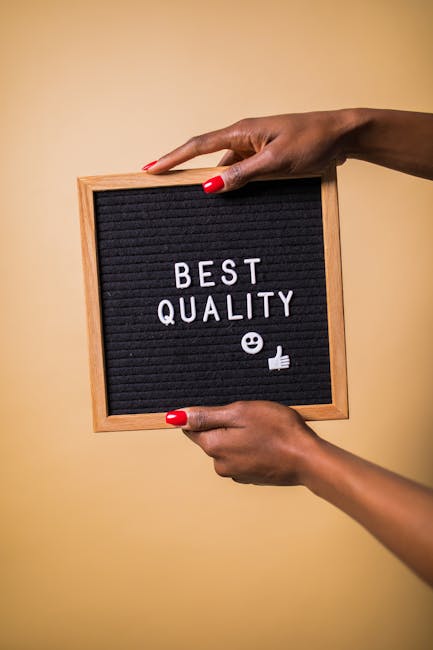
Understanding U.S. Visas: What You Need to Know Before You Apply
Obtaining a visa is often the first step for individuals who wish to travel, study, work, or live in the United States. With many different types of visas available, understanding the process, requirements, and purposes of each visa category is essential. Whether you’re planning a vacation, enrolling in a university, seeking employment, or joining family, the right visa can make all the difference.

Types of U.S. Visas
There are two main categories of U.S. visas: nonimmigrant visas for temporary stays and immigrant visas for those who intend to live in the U.S. permanently.
- Tourist Visa (B-2): For individuals traveling for leisure, tourism, or visiting family and friends.
- Business Visa (B-1): For attending meetings, conferences, or other business-related activities.
- Student Visa (F-1, M-1): For international students enrolled in academic or vocational studies in the U.S.
- Work Visas (H-1B, L-1, O-1, etc.): For foreign professionals, skilled workers, or individuals with extraordinary abilities in specific fields.
- Family-Based Visas: For those joining relatives who are U.S. citizens or permanent residents.
- Diversity Visa (DV Lottery): A special program allowing people from underrepresented countries to apply for permanent residency.
- Immigrant Visas (Green Card): For those seeking to live permanently in the United States, often sponsored by family or an employer.
The Visa Application Process
Applying for a U.S. visa involves several steps, and the exact process can vary depending on the visa type and country of application. In general, the steps include:
- Determine the Right Visa Type: Visit the U.S. Department of State website or consult with a visa advisor to choose the appropriate category.
- Complete the DS-160 or DS-260 Form: This is the official online visa application form.
- Pay the Application Fee: Most visa applications require a fee, which varies by visa type.
- Schedule a Visa Interview: Interviews are required for most applicants, especially for nonimmigrant visas.
- Prepare for the Interview: Bring your confirmation page, receipt, valid passport, a recent photo, and any supporting documents such as invitation letters, financial statements, or academic records.
- Attend the Interview: Be ready to answer questions about your purpose of travel, financial background, ties to your home country, and more.
- Wait for Processing: Some visas are issued quickly, while others may require additional administrative processing.
Tips for a Successful Visa Application
- Be Honest: Always provide truthful and accurate information in your application and during your interview.
- Be Prepared: Bring all necessary documentation and understand your purpose of travel clearly.
- Demonstrate Strong Ties to Your Country: This is especially important for nonimmigrant visas. Showing employment, family, or property back home helps prove you’ll return after your visit.
- Stay Updated: Visa policies can change due to international relations or policy updates, so regularly check official U.S. embassy or consulate websites.
Visa Denials and What You Can Do
If your visa is denied, the consular officer will usually explain the reason. Common reasons include insufficient documentation, lack of clear travel purpose, or doubts about your return intention. You may be able to reapply with stronger evidence or appeal under certain circumstances.
Final Thoughts
Getting a U.S. visa may seem complex, but with the right guidance and preparation, the process is manageable. Whether you’re planning a short visit or a new life in the U.S., understanding your visa options, preparing thoroughly, and staying informed will increase your chances of a successful application. Remember, your visa is more than a document—it’s your entryway to new opportunities.







